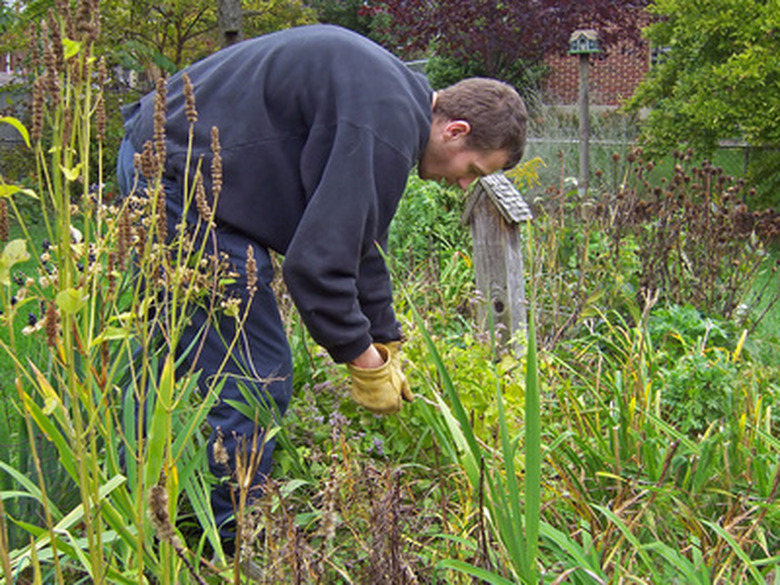List Of Herbicides
There are two main groups of Herbicides: selective and non-selective. Selective herbicides kill only certain types of plants. However, if selective herbicides are used in a high enough dosage, they can kill all plants. Non-selective herbicides will kill all plants including grass. Non-selective herbicides are often used to clear out spots for paths, railroads and other places where plants can cause problems. Herbicides either kill plants by contact or systematically by manipulating the plants own biological system. Contact herbicides only kill the part of the plant that the herbicides touch. Systematic herbicides kill the entire plant by manipulating some part of the plant's growth system, such as the root. Before using any herbicide, read the directions. Some effects of herbicides can change if used in too large of an amount. Also, make sure the herbicide being used is appropriate for what is being used for. Below are the main types of herbicides, with examples of some that are commonly used in lawn care.
- There are two main groups of Herbicides: selective and non-selective.
- However, if selective herbicides are used in a high enough dosage, they can kill all plants.
Phenoxy Acid
Phenoxy acid is a selective, contact type of herbicide that generally kills broadleaf plants. It is most commonly applied as a foliar spray. An example of this type of herbicide is Weedone.
Benzoic Acid
Benzoic acid is a selective type of herbicide that is applied with foliar spray. It targets broadleaf plants. Examples are Banvel and TBA. This herbicide can move through soil easily and be taken up by roots of sensitive trees and delicate flowers by accident, so be careful when using it.
- Phenoxy acid is a selective, contact type of herbicide that generally kills broadleaf plants.
Dinitroaniline
Dinitroaniline is a systematic herbicide used to attack roots of germinating seeds before the weeds grow. This type must be watered to activate it, and it will remain in the soil for months after application. Some examples include Weedgrass and Treflan.
Bipyridylium
Bipyridylium is a non-selective herbicide that is applied as a foliar spray. This systematic herbicide uses the plant's own photosynthesis against it, therefore it needs light to be effective. Reward is an example of this type of herbicide.
Substituted Urea
Substituted urea is a systematic, selective type of herbicide that is applied to the soil. It is absorbed through the roots and stops them from growing. This is the only herbicide that can control crabgrass selectively. An example of this type of herbicide is Tupersan.
- Dinitroaniline is a systematic herbicide used to attack roots of germinating seeds before the weeds grow.
Arsenical
Arsenical is a selective type of contact herbicide that is foliar-applied. Examples include Weed-e-Rad and Weed-Hoe.
Miscellaneous
The most commonly known miscellaneous type of herbicide is Roundup. It is applied as a foliar spray, and is a non-selective, systematic herbicide that keeps plants from growing by not allowing new plant cells to develop. Roundup is the most widely used herbicide.
